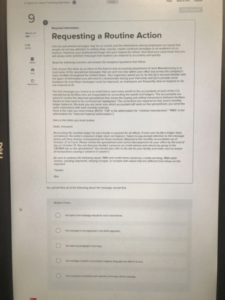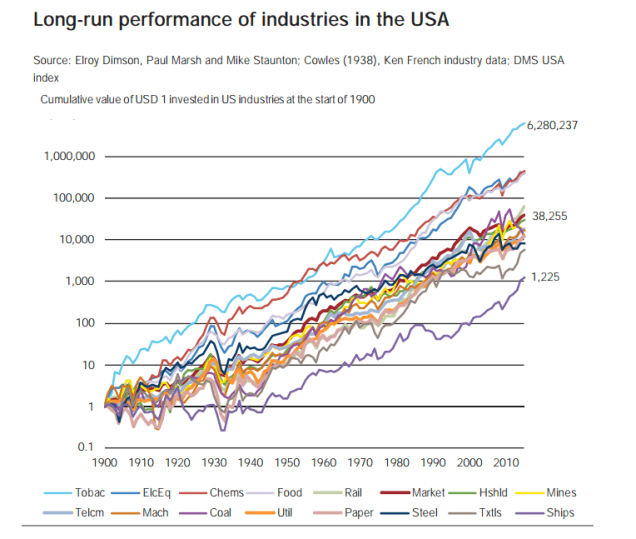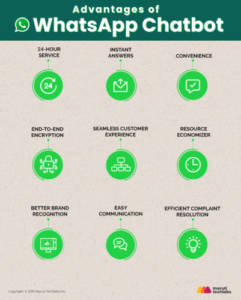His father expected him to take over the family business, while young Morita feverishly learned all he could about electronics.
His father taught Akio the secrets of management from a very young age, and at the age of ten he attended company board meetings.
He had a very broad understanding of the family business and knew topics such as how a leader should motivate his employees to increase productivity. Morita admits that this training was invaluable later on, although she did not bear it as a child.
As with most innovative visionaries, Akio Morita was a voracious reader as a young man. The Popular Mechanics magazine was to change his life.
He read there of the tape recorders that could reproduce music by recording and magnetic reproduction of sound. Thus was born, at this early age, the dream of the future Walkman.
Morita’s readings were limited to magazines and technical books on electronics and technology, unlike other innovators who incorporated the great world leaders into their fantasies.
The diversion to electronics nearly caused Morita to fail in high school. This school is the equivalent of the western high school.
He counts: “I had the lowest grades in my school that the Eighth High School science department has ever been admitted to, and it took me a year of extraordinary studies to catch up“.
He was later accepted to the Imperial College in Osaka, where he graduated in physics in 1945.
After the war, he dedicated himself to teaching physics and working in his free hours with Ibuka, an electronics genius who wanted to form a company to manufacture electronic parts.
Ibuka, Maeda and Morita partnered to form the Tokyo Telecommunications Enginering Company in 1947 which became Sony in 1958.
Akio Morita and his partners formed the company on May 7, 1946, with a capital of US $ 500.00.
His first product was a casserole for cooking rice. They produced a hundred and did not sell a single one.
Their second product was Japan’s first tape recorder, which used paper tape, because there were no plastics in that country at that time. Again, they had a decent product, but it didn’t sell.
The company flirted with bankruptcy during this period and during its first eight years of existence. Morita’s father came to the rescue numerous times.
It was evident that the son would not come to realize his dream of manufacturing electronic products. There was the ability in the company to design and manufacture products, but there was no skill to sell what was designed and manufactured. This function became the express responsibility of Akio Morita.
Morita took over as Sony’s head of global sales and marketing. He had no training in this field.
He was a technologist, but he had decided that marketing and sales distinguished successful firms from second-best ones.
During that introspective period in the 1950s, it was decided to establish the identity of Sony Corporation as the “company of innovative products”.
The Sony name has since been synonymous with innovative products that break the ground. For the next forty years, it pioneered new concepts in virtually every market segment of the consumer electronics industry.
This romance with the new and innovative made Sony the largest innovative product company for three decades, from the 1950s to the 1970s, and took Sony from $ 2.5 million in revenue in 1955 to more than $ 29 billion in 1992.
























